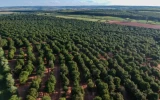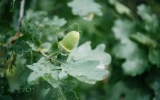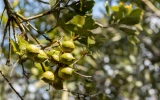Can You Grow Macadamia Trees in Florida?
The success of cultivating macadamia trees largely depends on selecting the right variety and providing them with the care they need to thrive. With Florida's varied climate, let's explore the feasibility of growing macadamia trees in this region, considering factors such as soil, temperature, and maintenance requirements.
Macadamia trees can flourish in the Sunshine State of Florida under the right conditions. The southern regions, particularly areas with a USDA hardiness zone of 10–11, provide suitable conditions for growing macadamia trees. However, they could also grow in the central regions.
Growing macadamia trees in Florida can be a fruitful endeavor if you carefully consider their climatic needs. As you read the article, you'll find out why macadamias can flourish in some regions of Florida.
If you're still selecting a location for your farm, Florida's climate and soils make it suitable for starting a profitable macadamia nut farm.
Summary
- Central and South Florida, with milder climates and lower chill hours, have proven to be more successful zones for macadamia cultivation compared to the northern regions of the state.
- The naturally well-draining sandy soils in Florida provide the necessary drainage for successful macadamia cultivation, promoting good aeration around the roots and reducing the risk of water-related issues such as root rot.
- Florida's southern regions, characterized by abundant sunlight throughout the year, are particularly well-suited for macadamia cultivation, as ample sunlight is essential for the development of healthy trees and the production of high-quality nuts.
- Proper soil preparation and management, such as testing and adjusting soil pH, adding organic matter to improve fertility and structure, and ensuring good drainage, are crucial for the successful growth of macadamia nut trees in Florida.
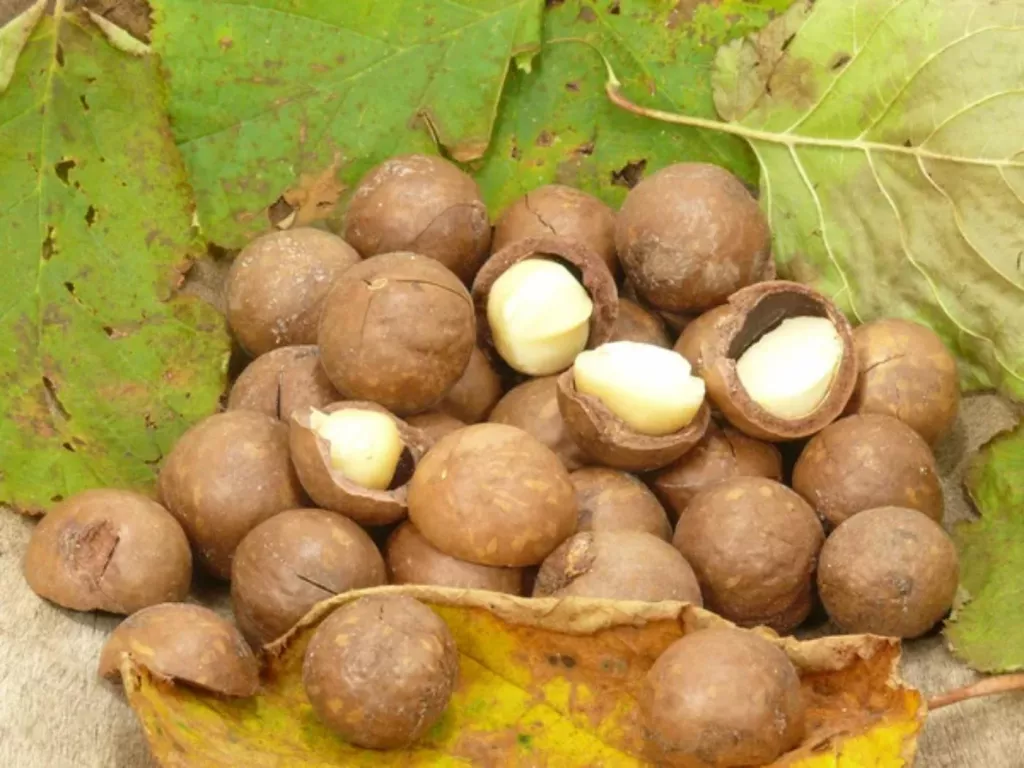
On this page:
Macadamias Can Grow in Florida
One fact about macadamia trees is that they are native to Australia, but they can also be successfully grown in Florida under the right conditions. The following enumerates reasons why it is possible to grow macadamia trees in Florida:
Florida offers a suitable climate for macadamias
Macadamia trees thrive in warm, subtropical climates with well-draining soil and ample sunlight, making certain areas of Florida particularly suitable for their cultivation. You can learn all the details about macadamia's ideal climate in this article.
The southern and central regions of Florida, especially those with a USDA hardiness zone of 10–11, provide the ideal environment for macadamia trees.
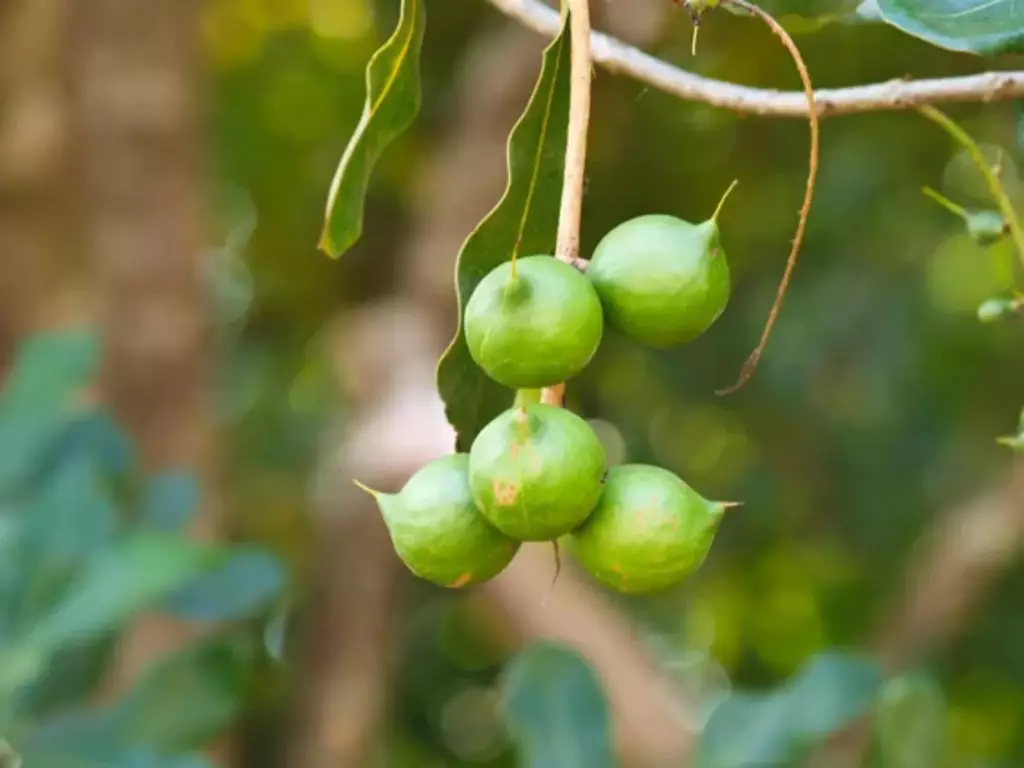
In these areas, the climate is warm and subtropical, with mild winters and long, hot summers. This climate closely resembles the native habitat of macadamia trees and allows them to flourish.
Florida's sandy soils can offer the necessary drainage for successful macadamia cultivation
Well-draining soil refers to soil that allows excess water to flow through and away from the root zone, preventing water from pooling around the roots.
This is crucial for macadamia trees, as waterlogged conditions can lead to oxygen deprivation in the root system, ultimately causing root rot and negatively impacting the tree's health and productivity.
In Florida, many areas are characterized by sandy soils, which are naturally well-draining. Sandy soils have large particles with plenty of space between them, allowing water to percolate through quickly.
This natural drainage capability makes sandy soils well-suited for macadamia cultivation, providing the necessary conditions for the trees to thrive.
The sandy soils in Florida promote good aeration around the roots, ensuring that the trees receive an adequate oxygen supply. Additionally, the rapid drainage helps prevent waterlogging, reducing the risk of root rot and other water-related issues. To know what type of soil macadamias prefer, you can read this article.
Florida experiences abundant sunshine necessary for the development of macadamia trees
Macadamia trees are known to thrive in areas with abundant sunlight, making Florida's southern regions an ideal location for their growth and nut production. The availability of ample sunlight is crucial for the development of healthy macadamia trees and the production of high-quality nuts.
Sunlight is essential for the process of photosynthesis, through which plants, including macadamia trees, convert light energy into chemical energy, enabling them to produce their own food.
Adequate sunlight exposure promotes the growth of strong, sturdy trunks and branches, as well as the development of lush foliage, all of which are vital for the overall health and productivity of macadamia trees.
The southern regions of Florida are particularly well-suited for macadamia cultivation due to their favorable climate, which includes long hours of sunshine throughout the year.
This abundant sunlight not only supports the growth of macadamia trees but also contributes to the development of high-quality nuts with desirable characteristics such as flavor, texture, and oil content.
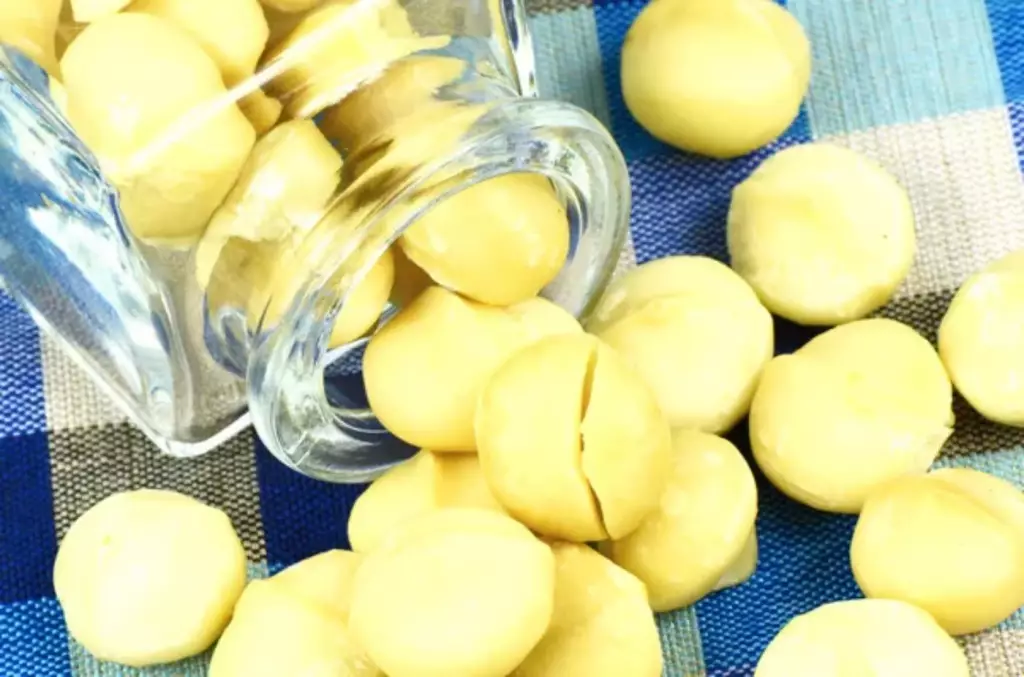
Varieties of Macadamia That Can Grow in Florida
When considering growing macadamia trees in Florida, the selection of the right variety and rootstock is indeed crucial for optimal growth and nut production. The choices made in this regard will significantly impact the tree's resilience, yield, and suitability for the specific Florida location.
| Variety | Suitability for Florida | |
|---|---|---|
| Beaumont | Suitable for a range of climates, possibly including some areas of Florida. | |
| Vista | Valued for its vigorous growth habit, making it a good option for Florida growers. | |
| Waimanalo | May have specific climate requirements, so careful consideration of the climate and environmental conditions of the specific location in Florida is necessary before choosing. |
Beaumont is a suitable variety to grow in Florida
This widely appreciated variety is known for its suitability in home gardens. It is a hybrid that produces flavorful nuts and is recognized for its compatibility with a range of climates, possibly including some areas of Florida.
The adaptability of Beaumont makes it an attractive option for Florida growers. You can learn more about the Beaumont variety as well as other topnotch macadamia varieties in this article.
Vista is another good option
Another notable variety, Vista, is valued for its vigorous growth habit. This variety may be a good option for Florida growers looking for a macadamia tree with strong growth potential.
The Waimanalo variety can also be grown in Florida
Originally from Hawaii, Waimanalo is a smaller tree with good yields. However, it may have specific climate requirements that could limit its suitability for Florida.
Growers in Florida should carefully consider the climate and environmental conditions of their specific location before choosing Waimanalo as a variety.
How to Grow a Macadamia Nut Tree in Florida
Growing a Macadamia nut tree in Florida can be a rewarding endeavor, but it requires careful consideration of the tree's specific needs and the local climate. Here are the steps to grow a Macadamia nut tree in Florida:
Choose a location with suitable climate
Macadamias require a climate with mild days and low chill hours for successful fruit production. In Florida, you need to ensure your macadamia trees are planted in areas that avoid the extreme cold snaps, even though they can tolerate some frost once mature.
High humidity, which is common in Florida, can be a hurdle during the spring flower and fruit set, as well as during the fall harvest. Central and South Florida have proven to be more successful zones for macadamia due to their milder climates compared to the northern regions of the state.
Properly prepare the soil before planting
Effective soil management is vital for healthy macadamia trees. They flourish in well-drained soils but struggle in waterlogged conditions.
Soil preparation is a crucial step in ensuring the successful growth of macadamia nut trees. These trees thrive in slightly acidic to neutral soil with good drainage. Before planting, it is important to prepare the soil to create the ideal growing conditions for the macadamia nut trees.
To begin the soil preparation process, it is recommended to test the soil pH to ensure that it falls within the preferred range for macadamia nut trees.
If the soil pH is not within the desired range, amendments can be made to adjust it accordingly. This may involve adding materials to increase acidity or alkalinity as needed.
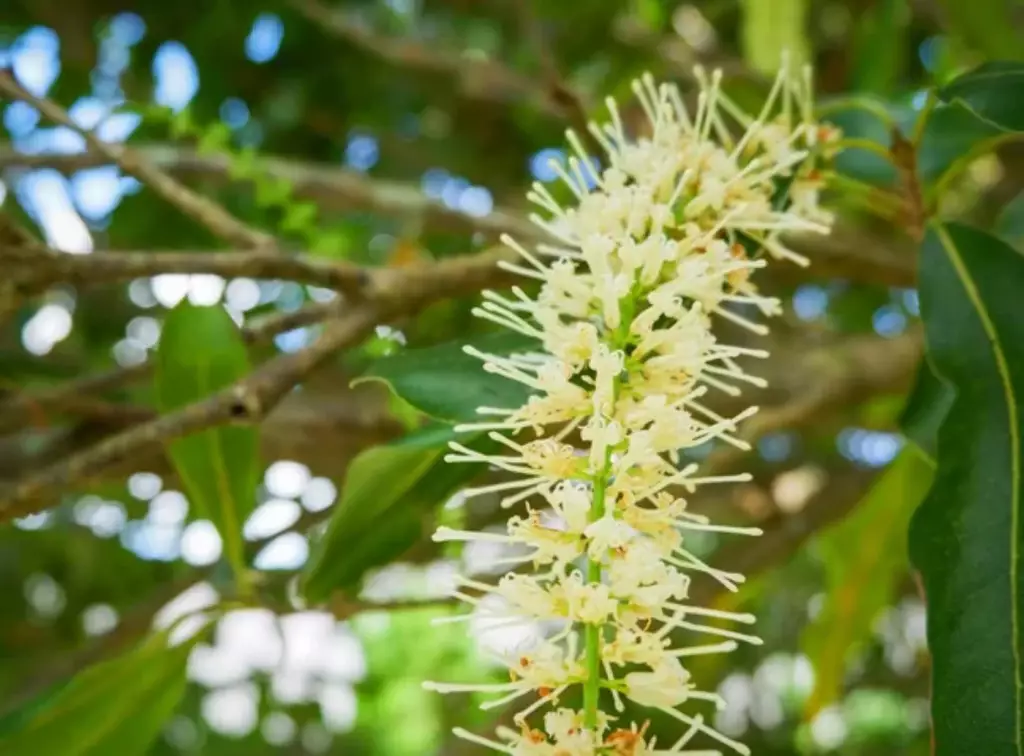
One of the key components of soil preparation for macadamia nut trees is the addition of organic matter. This can include compost or well-rotted manure, both of which serve to improve the soil's fertility and structure.
Organic matter helps to enhance the soil's ability to retain moisture and nutrients, while also promoting beneficial microbial activity.
Incorporating organic matter into the soil can be achieved by mixing it thoroughly with the existing soil prior to planting. This process not only enriches the soil with essential nutrients but also helps to improve its overall texture and drainage capabilities.
Additionally, organic matter contributes to the development of a healthy soil ecosystem, which is beneficial for the long-term health and productivity of the macadamia nut trees.
Planting and cultivation of macadamia trees
In this article, let's walk you through the essentials of planting and nurturing these trees to bear delicious nuts.
Planting guidelines for macadamia trees
When planting macadamia trees, perhaps choose a spot that receives ample sunlight. Macadamia tree thrives best when it can bask in full sun, ensuring robust growth and an abundance of foliage.
You can learn about the proper spacing between macadamia trees that allows them to receive full sun when you read this article.
Plant in well-drained, slightly acidic to neutral soil where the roots have ample space to spread. If the soil in your area is clay-heavy, consider raising the planting bed to improve drainage.
Watering requirements for macadamia trees
Macadamia trees have moderate water needs, particularly when they're young and establishing themselves. Aim for consistent moisture by watering deeply every week.
As the tree matures, it becomes more drought-tolerant, but during dry spells or in especially hot climates, you may need to provide supplemental irrigation to maintain nut production.
Macadamia nut trees benefit from regular fertilization
Regular fertilizing helps your macadamia tree grow strong and produce well. Apply a balanced fertilizer in early spring, just before the growth season starts, and again in late summer to support the development of the nuts.
Organic options like composted manure can provide slow-release nutrients while improving soil structure. Monitor the soil's moisture content to ensure that water can carry nutrients to the roots efficiently.
Keep an eye out for common pests and diseases that can affect Macadamia nut trees in Florida
Implement integrated pest management practices to minimize the use of chemical pesticides. Your macadamia crops in Florida may face pest challenges such as macadamia nut borers or lace bugs.
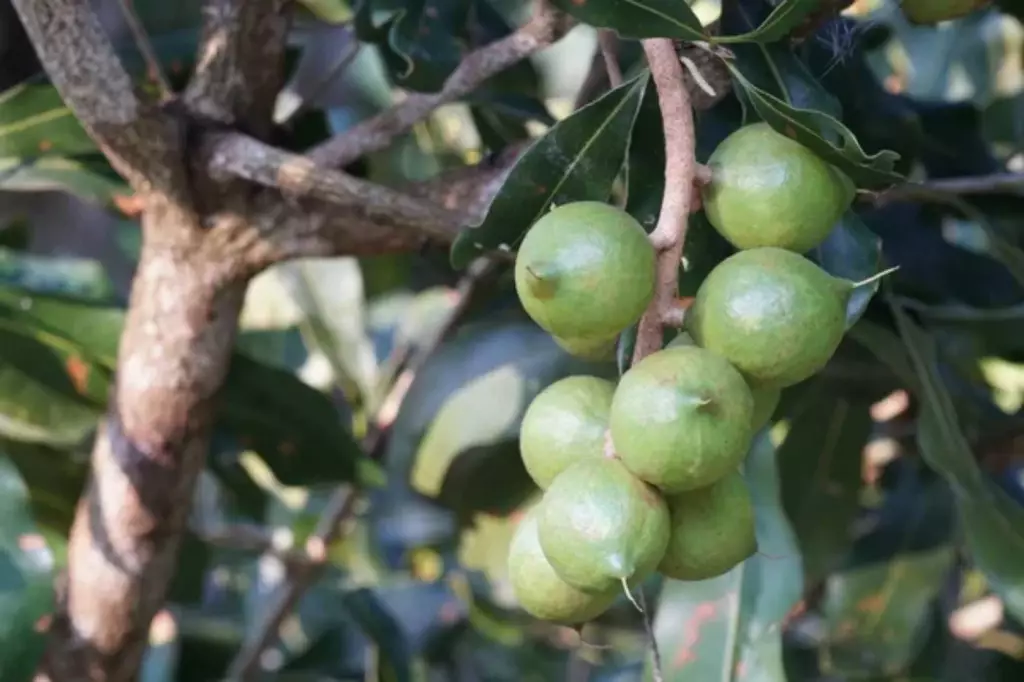
Implementing integrated pest management practices is important to keep these pests in check without resorting to heavy chemical use.
Regular inspections of your trees will help you to monitor for signs of pest activity and respond promptly. It's advisable to stay informed about local pest issues through extension services or by connecting with other macadamia growers in your area for updates and strategies on pest control.
